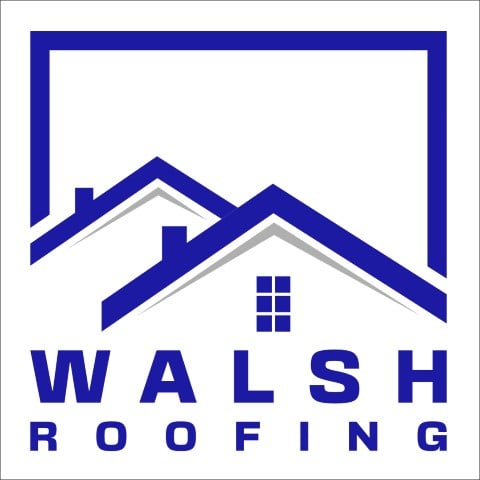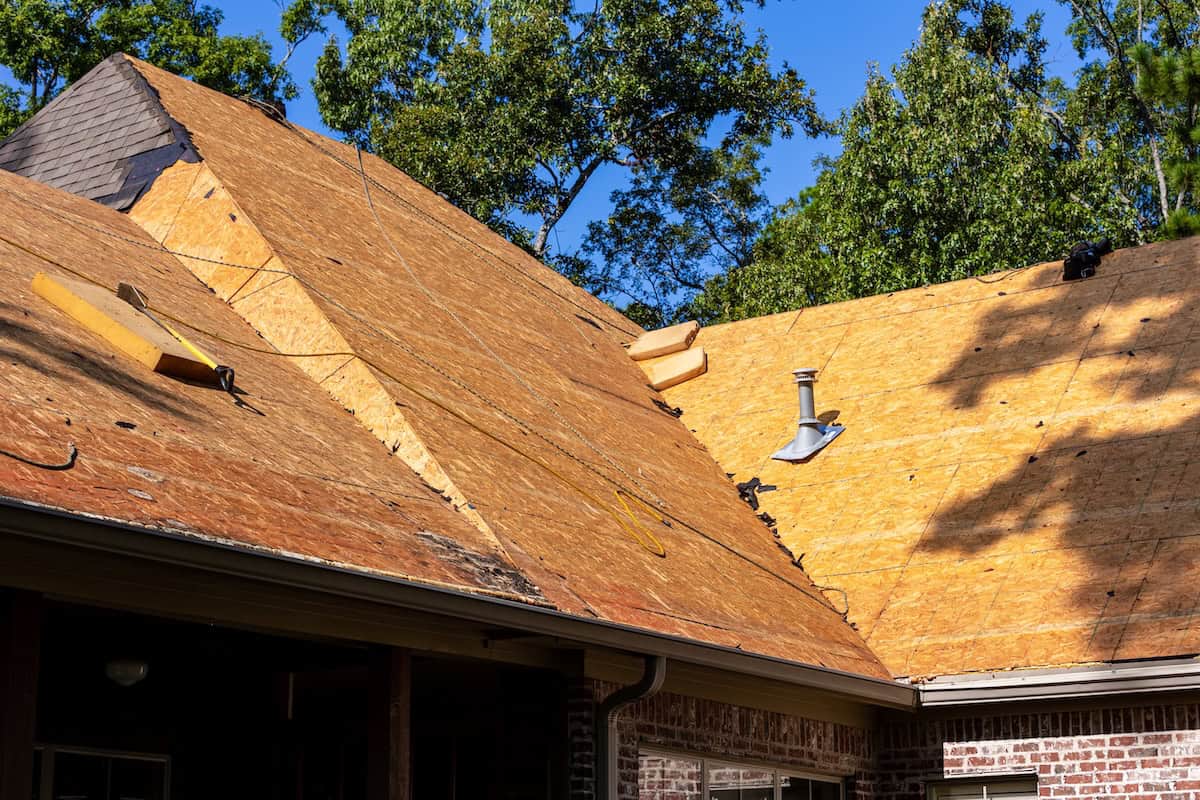When it comes to residential roofing, roof decking plays a crucial role in maintaining the overall integrity and safety of your home. Acting as the foundation beneath your shingles or other roofing materials, roof decking is the layer that ties the entire roofing system together. Yet, many homeowners aren’t completely aware of what roof decking is, why it’s important, and what factors to consider when replacing or repairing it.
Whether you’re researching a new roof installation, exploring roof decking materials, or trying to estimate roof decking costs, understanding the basics will help you make informed decisions about your home.
Here’s what we’ll cover in this blog:
- What roof decking is and why it matters.
- The different materials you can choose from.
- Installation steps, costs, and why professional expertise is essential.
Keep reading for a complete guide that breaks down everything you need to know about roof decking for your home.
What is Roof Decking, and Why Is It Important?
The Basics of Roof Decking
Roof decking, also referred to as sheathing, is the structural layer that sits under your roofing material (like shingles, tiles, or metal panels). Typically made of wood or another solid material, it provides support for your roof and helps keep it stable during severe weather conditions.
Roof decking also serves to protect your home by creating a barrier that prevents water leaks and supports the insulation layer beneath your roof. Without a solid and well-maintained roof decking layer, your roof installation would be compromised, making your home vulnerable to structural damage.
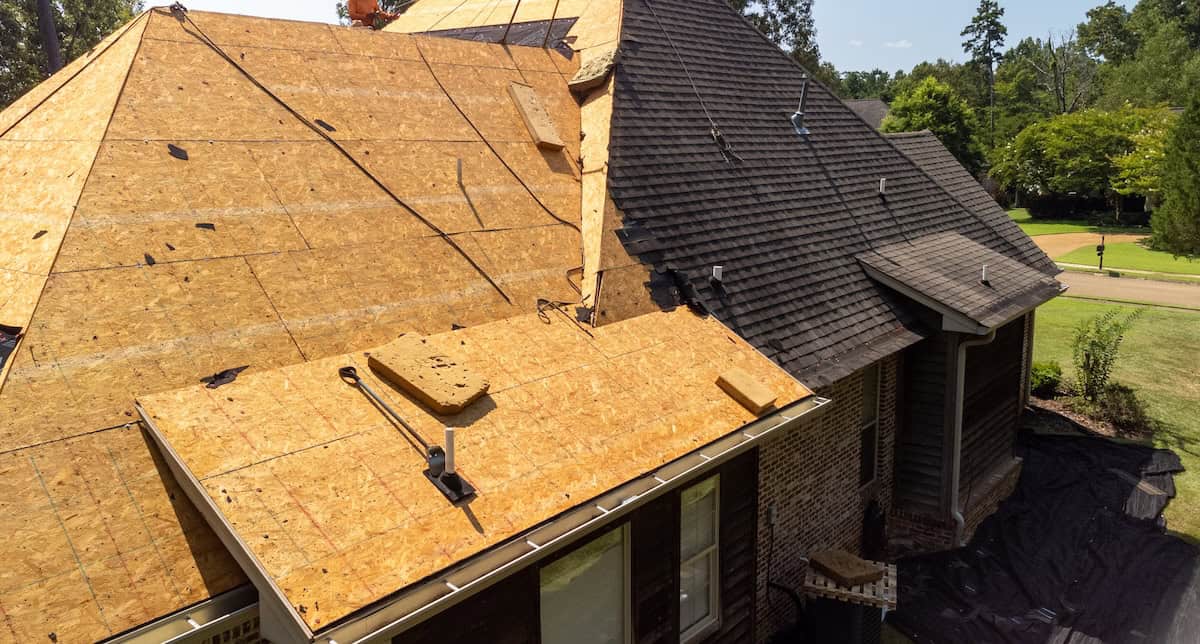
Signs Your Decking May Need Attention
Since roof decking isn’t always visible, it can be tricky to identify when it needs repair or replacement. However, here are a few common signs to look for:
- Sagging areas on the roof indicate weakened support.
- Leaks in the attic or water spots on ceilings may point to decayed decking.
- Rot or mold, which compromise the integrity of wood-based decking materials.
Identifying these issues early is crucial, as unchecked damage can lead to more extensive repairs and higher costs.
Types of Roof Decking Materials
When it comes to roof decking materials, homeowners have several options to choose from, each with its own set of pros and cons. Knowing what’s available and best-suited for your home will make all the difference.
1. Plywood
This is one of the most commonly used roof decking materials. Plywood is durable, affordable, and widely available, making it a top choice for many homeowners.
✅ Pros:
- Strong and lightweight.
- Reasonable cost.
- Versatile for most roofing types.
❌ Cons:
- Susceptible to moisture damage if exposed to leaks.
2. Oriented Strand Board (OSB)
OSB is an engineered wood product created from glued-together wood strands. It is another cost-effective and popular roof decking material.
✅ Pros:
- Lower price point compared to plywood.
- Resistant to warping.
- Widely used in modern roof installation projects.
❌ Cons:
- Less durable when exposed to prolonged moisture.
3. Tongue-and-Groove Boards
Some traditional homes or specialty projects use tongue-and-groove boards for roof decking.
✅ Pros:
- Excellent for exposed-beam interiors.
- Strong and visually attractive.
❌ Cons:
- More expensive than plywood or OSB.
- Takes longer to install.
4. Metal Roof Decking
Metal decking is primarily used in commercial settings but may also work for certain residential roofs.
✅ Pros:
- Extremely durable and fire-resistant.
- Suitable for long roof spans.
❌ Cons:
- Much higher roof decking costs compared to wood materials.
5. Cement Board or Fiberboard
Cement boards are less common but can be a good option for homes needing a fireproof solution beneath roofing material.
✅ Pros:
- Doesn’t rot or absorb moisture.
- Fire-resistant.
❌ Cons:
- Heavy and more challenging to install.
- Higher upfront cost.
Roof Decking Costs
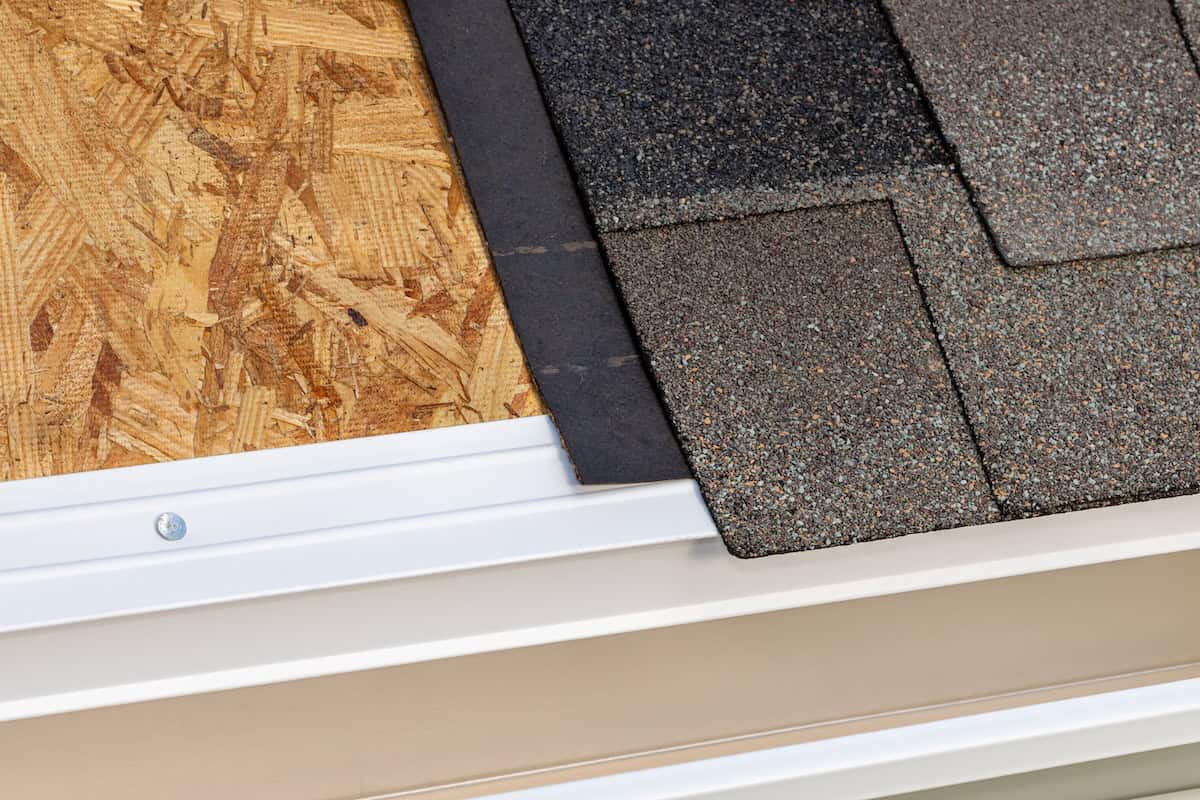
What Factors Influence Roof Decking Costs?
The cost of roof decking can vary significantly based on several factors, including material type, the size of your roof, and the scope of the installation or repair.
- Material Selection: Plywood and OSB are typically the most affordable options, while specialized materials, like metal or cement board, will drive up costs.
- Size of the Roof: The larger your roof, the more materials you’ll need. Additionally, more labor may be required to complete the job.
- Labor Costs: Hiring a professional roofing contractor ensures the work is done to a high standard, but it’s essential to factor labor costs into your budget.
Average Roof Decking Costs
Here’s a general breakdown to give you an idea of what to expect:
- Plywood or OSB: $2-$5 per square foot.
- Cement Board: $4-$8 per square foot.
- Metal Decking: $10-$12 per square foot.
Keep in mind these figures reflect materials only. For replacement projects, costs for removing old materials and disposing of them will add to your overall investment.
Roof Decking Installation
When Is Roof Decking Replaced?
Roof decking may need replacing if you’re completely redoing your roof installation, or if significant damage (like rot or sagging) is found during an inspection.
Key Steps in Installation
Here’s a basic outline of how a professional roofing contractor handles roof decking installation:
- Inspect Current Roof: The contractor will inspect your roof to determine the condition of your decking and whether replacement is necessary.
- Remove Existing Materials: If decking replacement is needed, old roofing materials, such as shingles or underlayment, are stripped away first.
- Install New Decking: The new roof decking material is cut to size and installed, ensuring a snug, durable fit across your roof.
- Secure and Seal It: Roof decking is securely nailed or screwed into place, and additional protective layers, such as underlayment, are added before the final roofing material is applied.
- Review and Finalize: Once the installation is complete, the contractor reviews the work to ensure everything meets safety and quality standards.
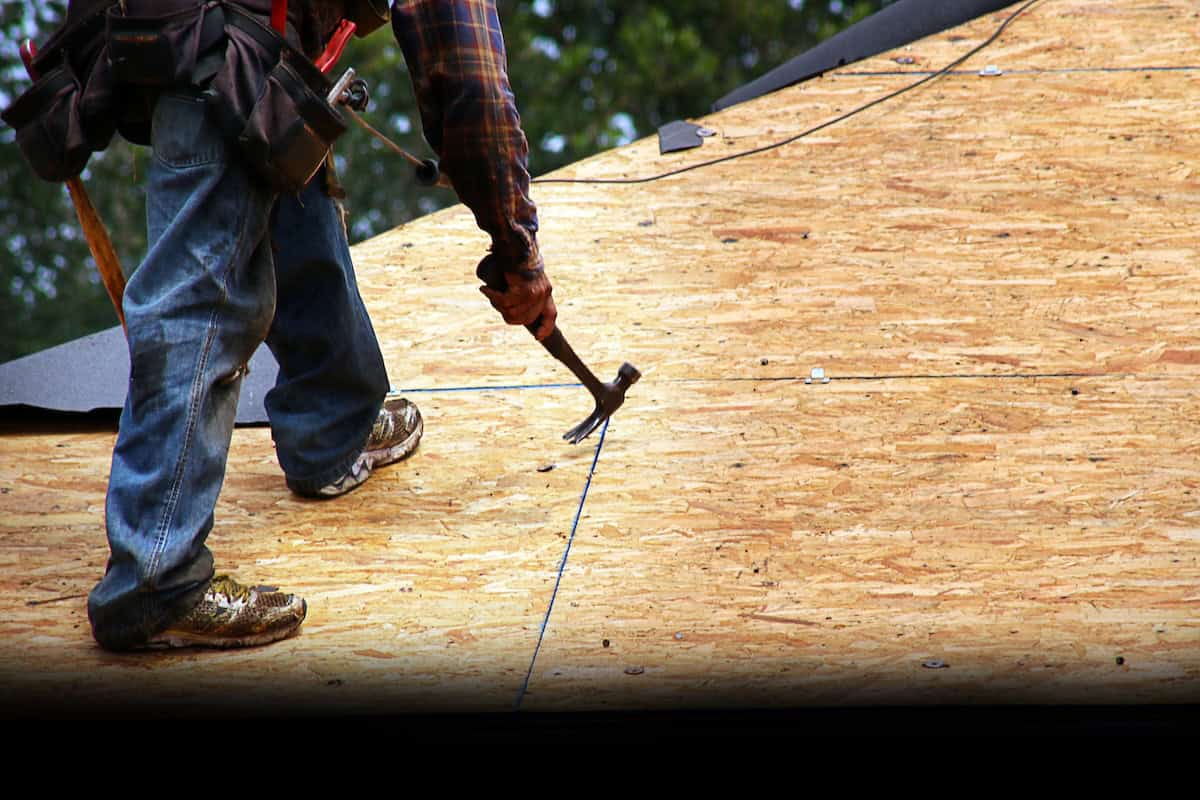
Why You Need a Professional Roofing Contractor
While some handy homeowners might be tempted to tackle roof decking installation, we cannot stress enough the importance of hiring a professional roofing contractor. An experienced professional brings the right tools, knowledge, and safety measures to handle the job effectively. This ensures not only a proper installation but also the long-term reliability of your roof.
5 Questions to Ask Before Replacing Roof Decking
🪵 What Material Suits My Budget and Needs?
- Understanding the pros and cons of your material choices will help guide your decision.
⏰ How Long Will the Replacement Take?
- Ask your contractor for a timeline to plan accordingly, especially if bad weather is expected.
💵 Does My Roof Size Affect Costs Significantly?
- Larger roofs may incur higher material and labor costs, so ensure your budget reflects your home’s size.
📄 Are There Warranties for Materials and Labor?
- Reputable contractors often provide warranties to guarantee the work and materials used.
⭐️ How Experienced Are You with My Roof Type?
- Ensure the contractor has worked on similar roofing projects to yours to avoid any unexpected issues.
Choosing the Right Team for Your Roof Decking Needs
Your roof is one of the most critical parts of your home, responsible for protecting your family and belongings from the elements. That’s why ensuring your roof decking is in top condition is so important. At Walsh Roofing, we have years of experience providing homeowners with expert guidance and quality roofing solutions. Whether you need a roof inspection, a complete roof replacement, or new roof decking installation, our team is here to help.
Don’t leave your roofing needs to chance. Contact Walsh Roofing today for an estimate and discover why we’re the team homeowners trust for quality roofing solutions.
